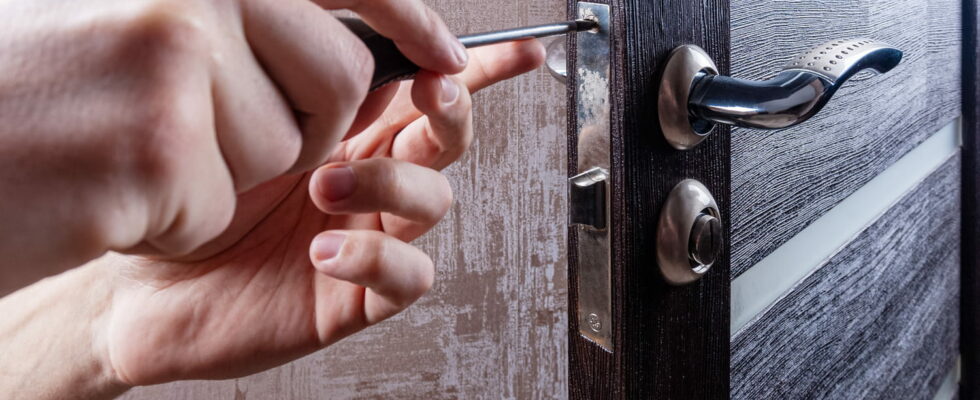A damaged or blocked screw stubbornly refusing to move while you are in the middle of DIY? Don’t get upset: an ordinary elastic band is most of the time enough to dislodge this stubborn piece effortlessly!
A damaged screw that stubbornly refuses to unscrew is a common problem that all DIYers, amateurs and experts alike, have already encountered at least once in their lives. And you too! When trying to disassemble furniture or repair an appliance, a stubborn screw stubbornly refuses to budge. No matter how much you change your screwdriver or try to use pliers to gain more strength, nothing helps, you are blocked by this very small metal part.
In this situation, do not try to force it, risking making the situation worse. There are indeed simple tips to overcome this problem. One of the most ingenious and effective is that of the elastic band. Yes, as curious as it seems, its rubbery surface of the elastic can provide additional grip to dislodge the screw, preventing the screwdriver from slipping.
To start, find a rubber band wide enough to cover the head of the screw. A regular office rubber band can do the trick, but if you have a piece of bicycle or car inner tube, it’s even better. Place the rubber band over the head of the screw, then press firmly with the screwdriver. The rubber from the bungee will fill the damaged spaces and provide better grip. Then slowly turn the screwdriver. You will be surprised how effective this tip can be!
If this method doesn’t work and the screw is truly stuck, there are other techniques to try. For example, you can use a screwdriver or a screwdriver. If the head of the screw protrudes far enough, place it directly into the chuck, in place of the bit, and tighten securely. Place the tool in the unscrewing position and start slowly. The power of the screwdriver can often succeed where the screwdriver fails. If the grip is not sufficient, you can combine this method with the rubber band trick for better grip!
For more extreme cases, there is the screw extractor. This specialized tool is designed to remove damaged screws with its reverse thread. You screw the extractor into the damaged screw, then, continuing to turn in the direction of unscrewing, the extractor removes the screw. There are different sizes of extractors to suit various screws.
A more destructive, but effective, method is to create a new slot on the head of the screw with a hacksaw or Dremel. Once the slot is created, use a flathead screwdriver to remove the screw.
Two additional tips can make loosening screws easier by playing with temperature: By cooling the screw with ice cubes or heating the shank of a screwdriver, the screw can contract or expand, creating a slight play that makes it easier to remove. Additionally, using penetrating oil like WD-40 can work wonders. Spray it on the screw and leave for a few minutes before trying to unscrew it again.
